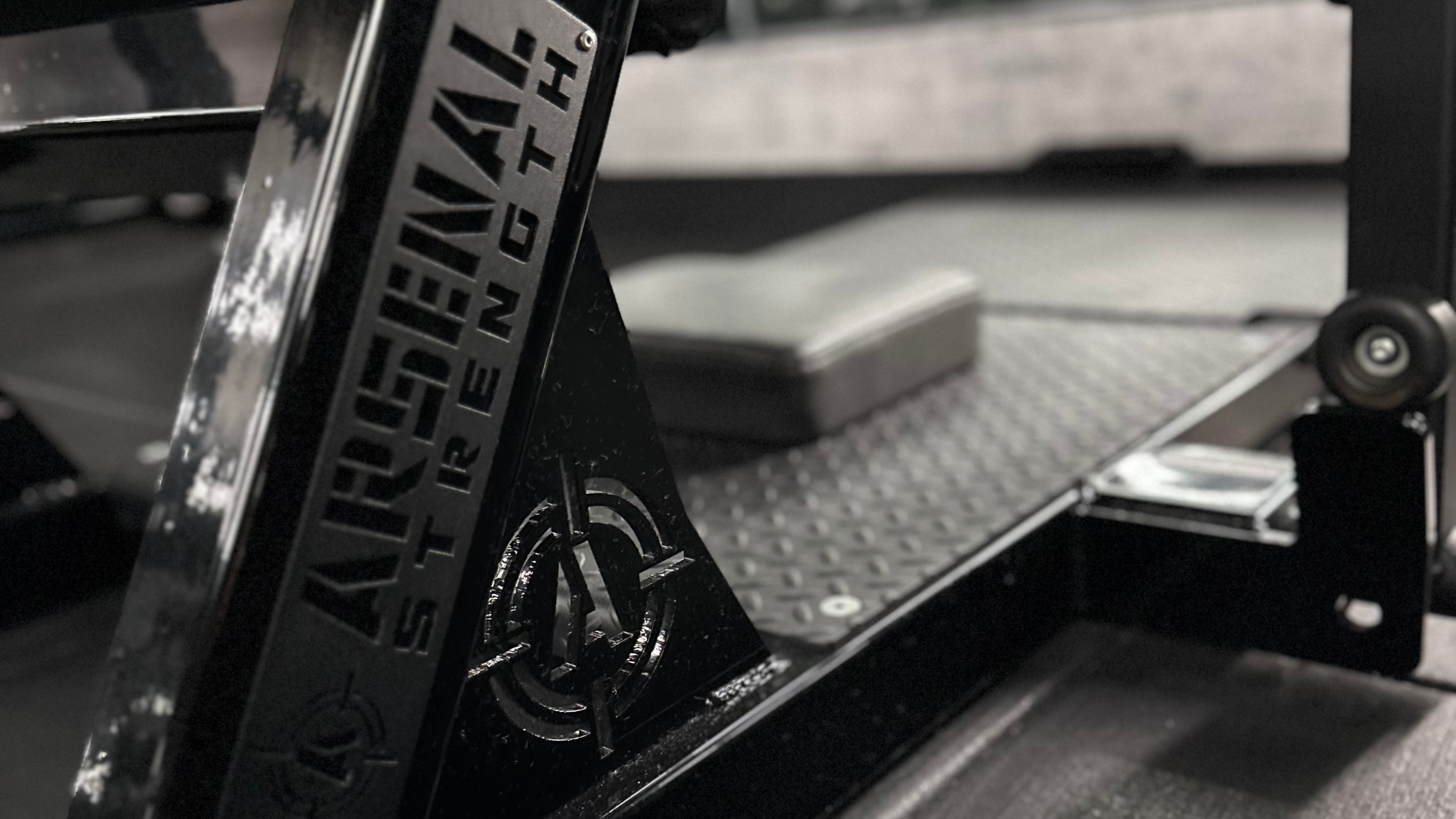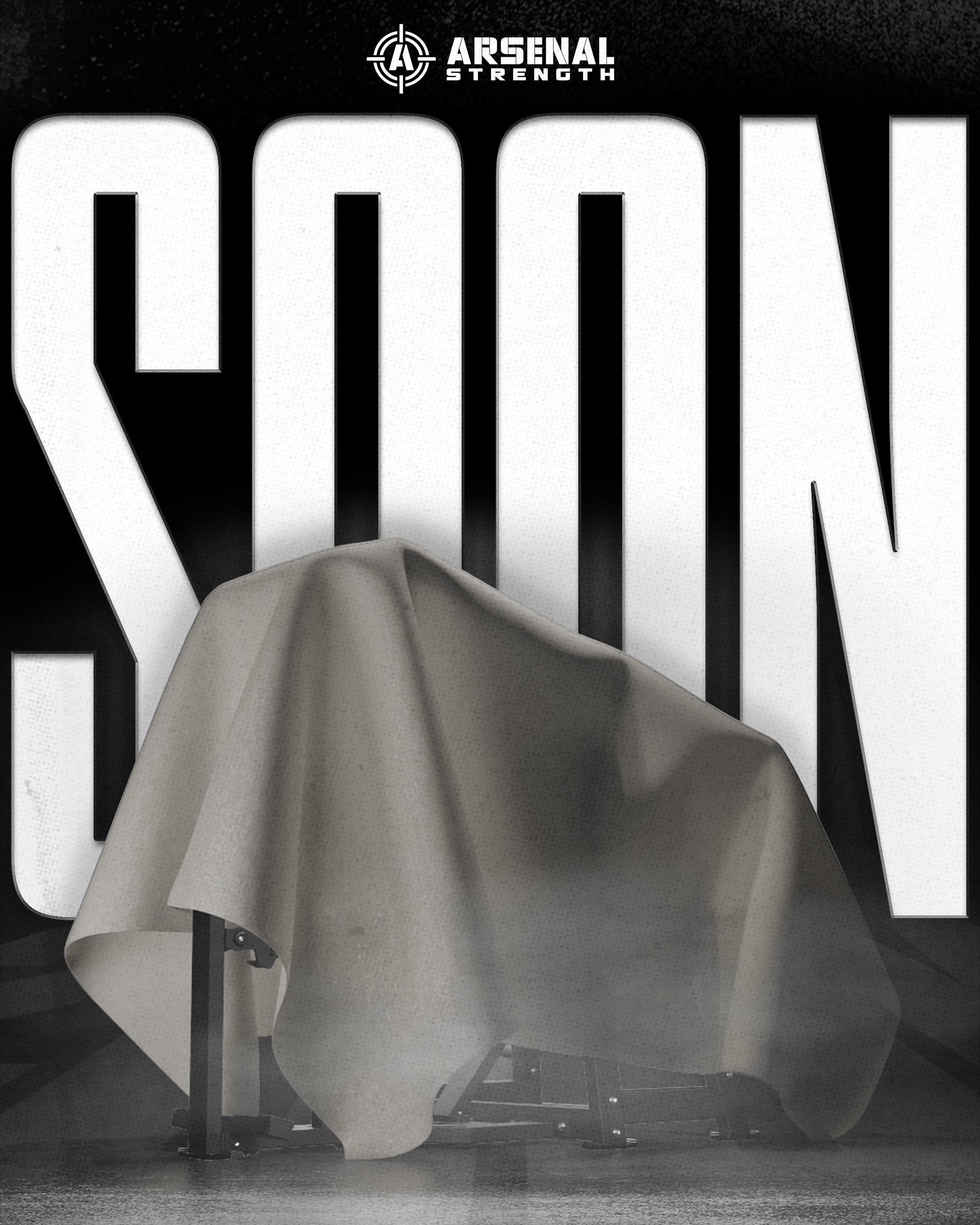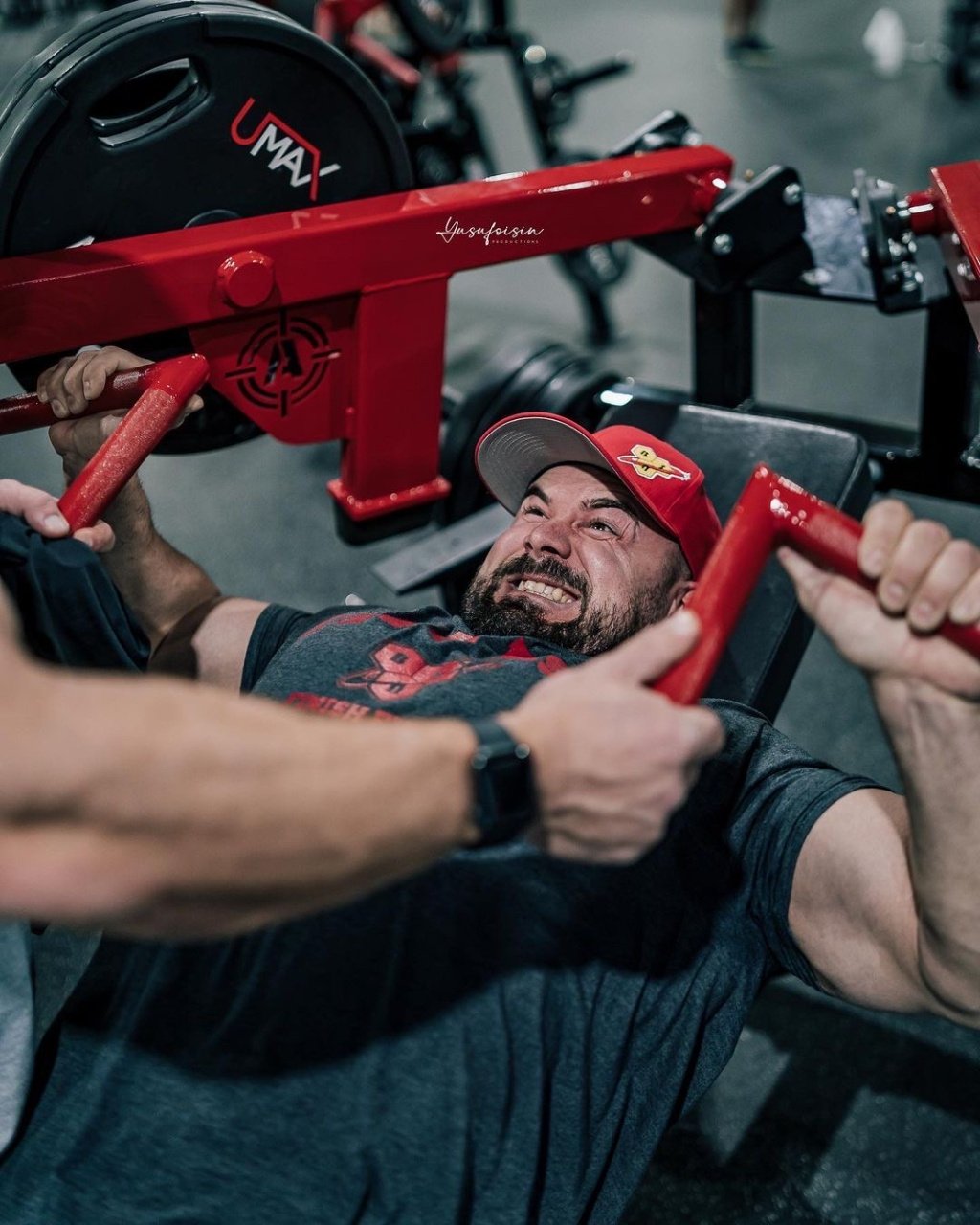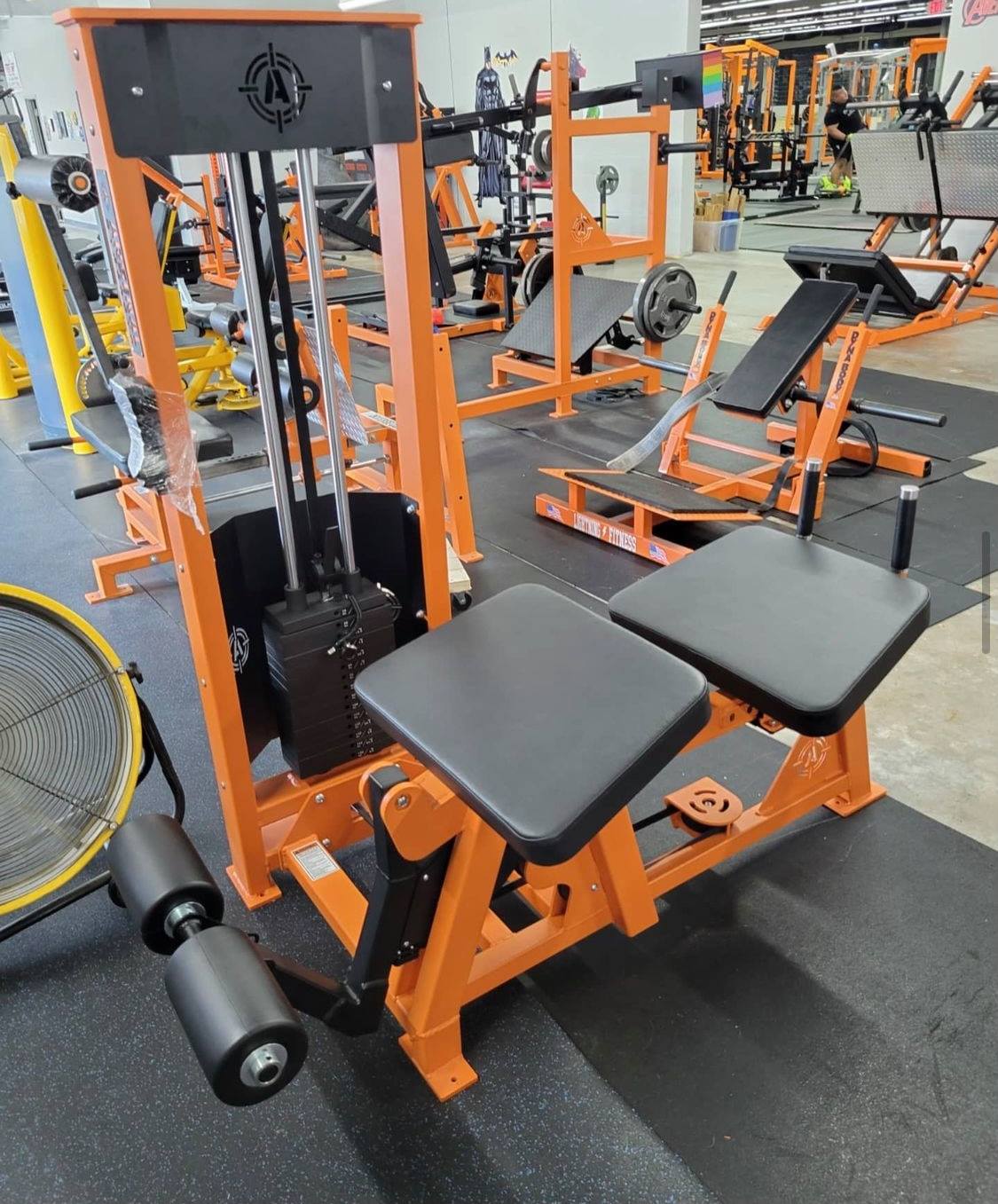Unlocking the Power of Hip Thrusts
Discover What Do Hip Thrusts Work
When you’re looking at what do hip thrusts work, you’ll find they primarily activate the gluteus maximus, hamstrings, and quadriceps. This exercise is not just for athletes; it’s a cornerstone for anyone’s lower-body routine seeking to improve strength and power. Our article breaks down the targeted muscles, proper technique, and the varied advantages of incorporating hip thrusts into your workout.
- Hip thrusts primarily work the gluteus maximus, hamstrings, and quadriceps, which are crucial for hip extension and are beneficial for athletes and overall fitness improvement.
- Secondary muscles involved in hip thrusts such as adductors, core stabilizers, and lower back muscles provide support and stability, with the core being vital for correct form and injury prevention.
- Proper form in hip thrusts is essential for optimal results, including maintaining a neutral spine and full hip extension, while variations and progressive overload can enhance workout intensity and prevent plateauing.
The Primary Movers: Muscles Targeted by Hip Thrusts
Hip thrusts, a staple in lower-body strength training, primarily target the gluteus maximus, hamstrings, and quadriceps, which are important hip extensor muscles. These muscles play a key role in hip extension - the movement of driving your hips forward. This makes them especially important for athletes who rely on hip extension for running and jumping.
The gluteus maximus, the largest muscle in the human body, is the star of the hip thrust exercise. By performing hip thrusts, you’re activating and strengthening this muscle, which can result in improved performance in other exercises and sports.
In addition to the gluteus maximus, hip thrusts also work the hamstrings and quadriceps. These muscles are essential for lower-body strength and stability, making hip thrusts a beneficial exercise for anyone looking to improve their overall fitness level.

Beyond the Basics: Secondary Muscles Engaged in Hip Thrusts
While the primary movers get the spotlight in hip thrusts, let’s not forget the supporting cast - the secondary muscles. These muscles, including the adductors, core stabilizers, and lower back muscles, provide essential support and stability during the exercise.
The adductors, located on the inner thigh, assist with hip flexion and are critical for maintaining proper leg alignment during hip thrusts. They keep the legs from flaring out to the sides, ensuring the primary movers, such as the hip flexors, receive the focus they deserve.
Core stabilizers, as their name suggests, maintain torso stability and support the spine during the exercise. A strong core is crucial for performing hip thrusts correctly and avoiding injury.
The erector spinae muscles of the lower back are also engaged during hip thrusts. They help maintain a straight back, which is essential for protecting the spine and ensuring the targeted muscles are working as they should.
Form Fundamentals: Proper Execution for Optimal Results
Executing hip thrusts with proper form is key to reaping all the benefits this exercise has to offer. Start in a seated position on the floor, back against a bench, knees bent, and feet hip-width apart. Once you’ve mastered the form without weights, you can add a barbell across your hips.
Drive the barbell up by extending your hips until they align with your shoulders and knees, engaging your upper body as well. Remember to maintain core engagement and control throughout the movement. Avoid common form errors like rising onto the balls of your feet, improper foot placement, incomplete hip extension, and a non-neutral spine. These can shift the focus to unintended muscle groups or stress the lower back.
To ensure you’re performing hip thrusts correctly, use a mirror for self-monitoring. Focus on maintaining a tucked chin and correct posture. With a little practice, you’ll soon be a hip thrust pro.
Advancing Your Workout: Hip Thrust Variations
Once you’ve mastered the basics of the hip thrust, it’s time to take your workout to the next level. There are numerous hip thrust variations you can try to challenge your body and avoid workout monotony.
For beginners or those progressing from bodyweight hip thrust exercises, dumbbell hip thrusts offer a range of weight options and an easier setup compared to the barbell hip thrust. To perform a dumbbell hip thrust, position the dumbbells on your hips and ensure your feet are flat on the ground, shoulder-width apart. This setup helps maintain proper form and targets the glutes effectively. You can adjust the weight according to your strength level, making it a versatile choice for all fitness enthusiasts.
Specialized equipment like hip thrust machine, pads, resistance bands, or other machines provide multiple options to perform hip thrusts. These can cater to various training environments and preferences, adding variety to your workouts.
Advanced variations like single-leg hip thrusts and utilizing a stability ball introduce new elements of balance and unilateral training. The single leg hip thrust, performed by straightening one leg at a 45-degree angle while executing the movement, is a progression aimed at enhancing strength, stability, coordination, and correcting muscular imbalances. These variations challenge your body further, ensuring continuous improvement and growth.
Remember, the key to progressing in your workout is to constantly challenge yourself. But always prioritize form over weight to avoid injuries and ensure you’re targeting the right muscles, even when using just your bodyweight.
Integrating Hip Thrusts into Your Routine
Ready to make hip thrusts a regular part of your workout routine? They’re an effective way to build strength and muscle in the lower body, making them a great addition to your leg day workouts.
It’s recommended to perform three sets of six to 12 reps of hip thrusts. This range allows for sufficient muscle activation without overworking the muscles. Remember to take sufficient rest between sets to allow your muscles to recover.
To keep your workout active and engaging, alternate sets of hip thrusts with walking lunges. This combination ensures optimal muscle engagement and provides a comprehensive lower-body workout.
Maximizing Benefits: Additional Advantages of Hip Thrusts
Beyond their impressive muscle-building capabilities, hip thrusts offer a host of additional benefits. They enhance athletic performance, particularly in activities that involve running, jumping, and sprinting. By improving speed, power, agility, and endurance, hip thrusts can give you an edge in your sport of choice.
Improved posture and reduced pain are also benefits of hip thrusts. By balancing muscle groups and preventing unnatural pelvic alignment, they can help you stand taller and feel better, while also strengthening your hip bones.
The gluteal complex, including the gluteus maximus, contributes to stress distribution during movement. This offers spine protection and enhances lower body functionality, making hip thrusts and glute bridge exercises essential for overall health and fitness.
For females, hip thrusts can strengthen pelvic floor muscles, aiding in childbirth preparation and recovery. For males, they support core stability and potentially enhance sexual health. Clearly, the benefits of hip thrusts extend far beyond the gym.
In conclusion, hip thrusts are a versatile and effective lower-body strength exercise. They target multiple muscle groups, improve athletic performance, enhance posture, and offer benefits beyond physical fitness. With proper form and a variety of variations, they can be adapted to fit any fitness level and goal.
So, are you ready to unlock the power of hip thrusts? Whether you’re a beginner or a seasoned athlete, incorporating hip thrusts into your routine can help you reach new heights in your fitness journey. It’s time to thrust your way to stronger glutes, improved performance, and a healthier you.
Frequently Asked Questions
What muscles do hip thrusts target?
Hip thrusts primarily target the gluteus maximus, hamstrings, and quadriceps, engaging secondary muscles like adductors and core stabilizers for support and stability. This helps in comprehensive lower body strengthening.
How can I perform hip thrusts with proper form?
To perform hip thrusts with proper form, start in a seated position on the floor, back against a bench, knees bent, and feet hip-width apart, then drive your hips up until they align with your shoulders and knees. Self-monitor your form using a mirror.
What are some variations of hip thrusts?
Some variations of hip thrusts include using dumbbells, resistance bands, machines, single-leg hip thrusts, and incorporating a stability ball. Experiment with these variations to find the ones that work best for you.
How can I integrate hip thrusts into my workout routine?
To integrate hip thrusts into your workout routine, incorporate them into your leg day workouts by performing three sets of six to 12 reps and alternating sets with walking lunges for optimal muscle engagement.
What are the additional benefits of hip thrusts?
Hip thrusts offer additional benefits beyond muscle-building, including improved athletic performance, posture, pain reduction, and core stability.






